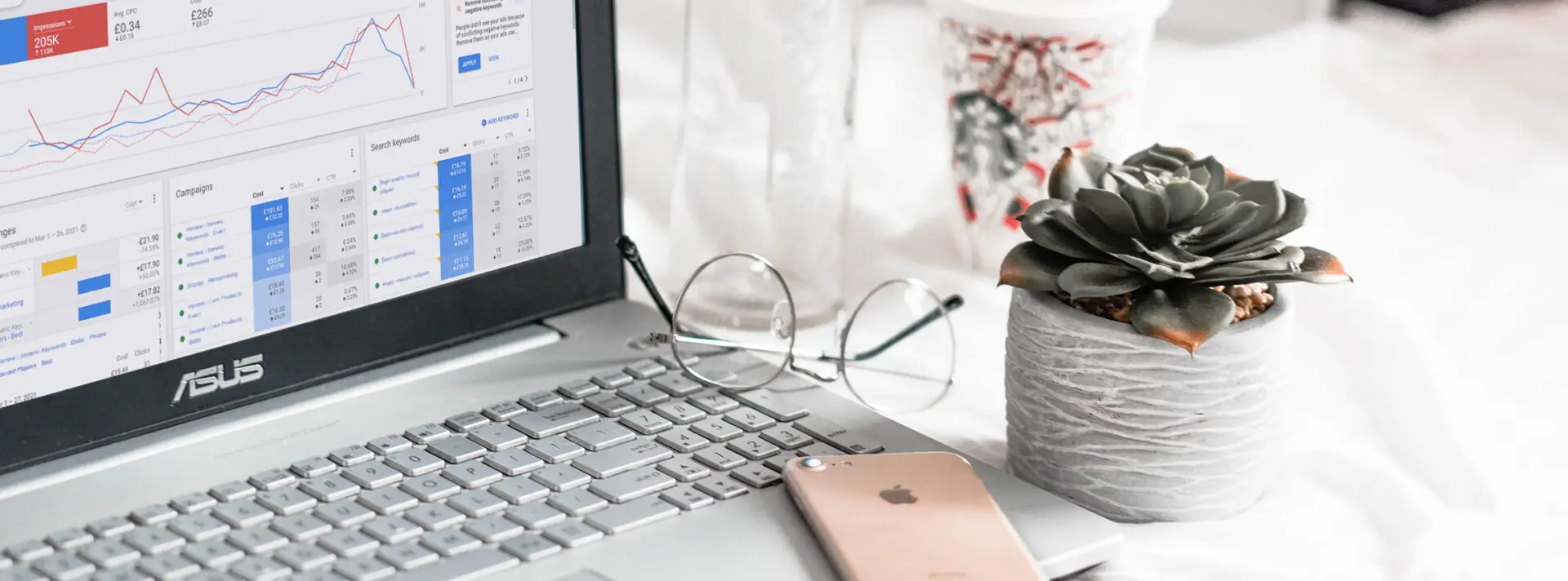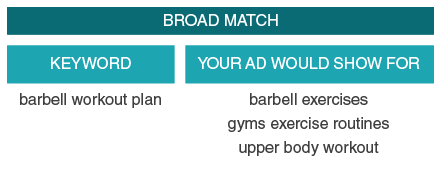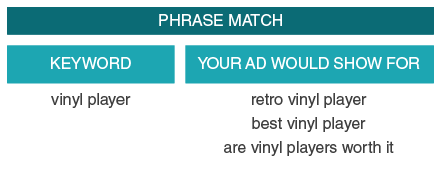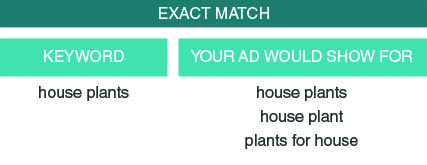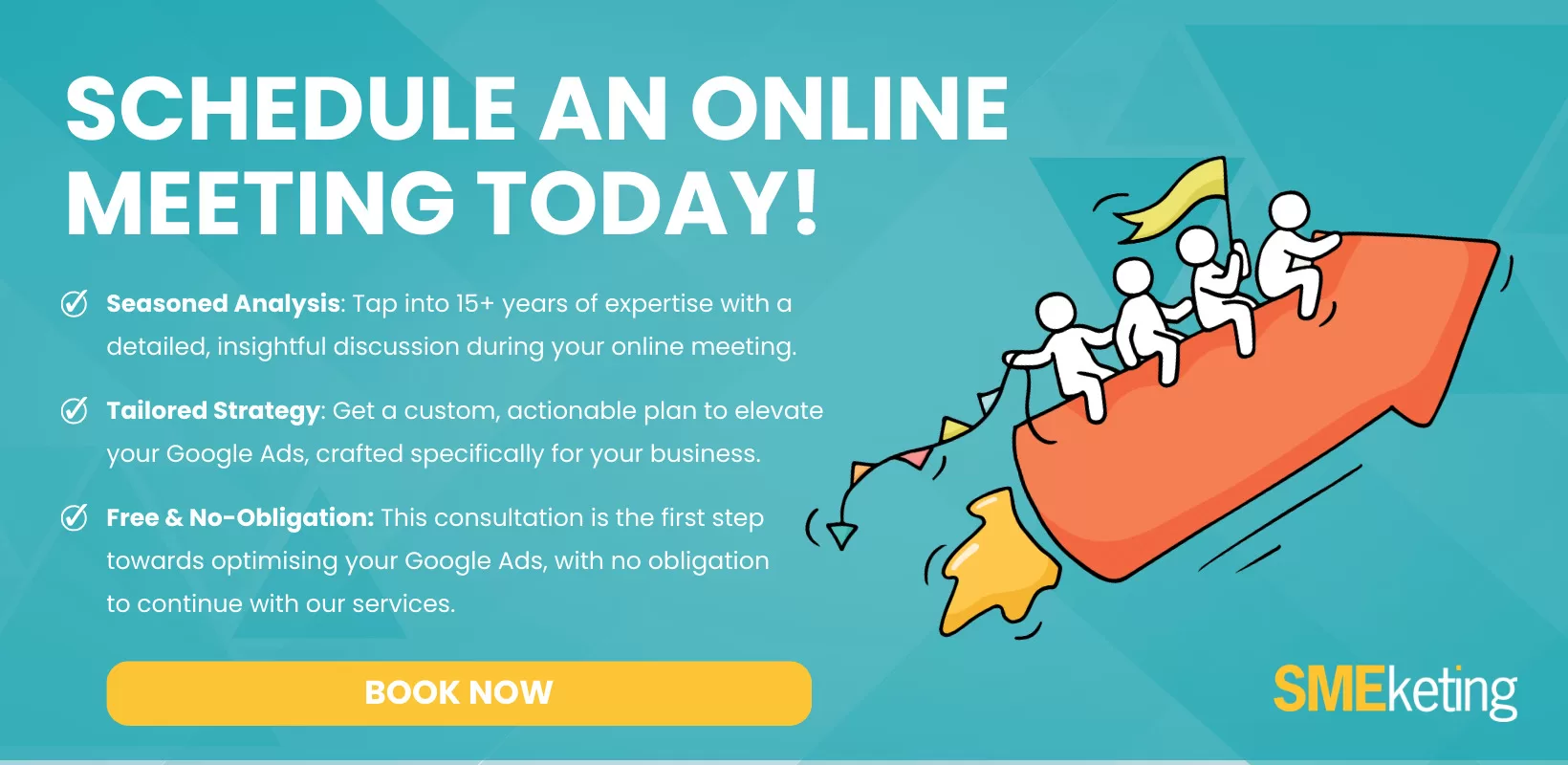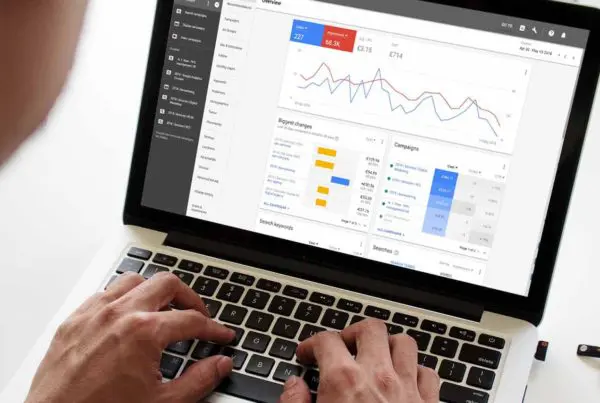Mastering the art of keyword selection is critical to your Google ad’s performance. From pay per click (PPC) to search volume, balancing these factors can seem a daunting task. However, there’s a simple way to adjust how strictly your ad matches relative to user queries: match types.
Google Ad match types tell Google how close a user query must be to your advertisement to appear. It’s all about specificity. The less restrictive your match type, the more clicks you are likely to get – though your site visitors may be less likely to be interested in your product or service.
Like all things in Google Ads, it’s a balancing act.
To make matters more complicated, Google regularly adjusts the features and best practices for match types. In 2021, for example, they announced the discontinuation of the Broad Modified match, leaving Broad, Phrase, and Exact match types remaining.
In this article, I will explain what the different Google Ad match type are, when to use them, and what new rules (and top tips) should you follow when using Google Ads match types in 2022?
What are Google Ad match types?
As of 2022, Google still maintains three match types: Broad, Phrase, and Exact matches. The names of these matches are also described as “loose matching”, “moderate matching”, and “tight matching”, respectively. In fact, Google’s 2021 move away from the Broad Modified match was likely to turn the match types system into a sliding scale of specificity.
It’s all about two questions: how often do you want your ad to appear, and how focused do you want to be?
Of course, it’s never that simple. Such questions raises others, like who is your typical customer? How competitive is your industry? – but we’ll come to that a little later.
Let’s go through each match type.
Broad match
As the term loose matching suggests, setting a keyword to broad match will show said keyword in the maximum number of searches. This is helpful if you want to attract lots of visitors or focus your ad spending on a few critical keywords.
For example, suppose you select “barbell workout plan”. In that case, your ad may also show for “barbell exercises“, “gyms exercise routines“, or “upper body workout“.
You see, to increase the match’s relevancy, this match type looks at:
- The user’s prior searches
- The landing page content
- Similar keywords in an ad group (to better gauge keyword intent)
Google recommends using broad match together with a Smart Bidding strategy. These systems automatically bid on each query, determining how much to bid based on how the query is likely to perform. Because broad match types give the maximum number of searches, Smart Bidding strategies have more chances to learn what works best. It’s why Google recommends using the two together.
Remember: It’s also the default match type – so, if you don’t set the match type to anything else, this is the standard.
Phrase match
The “Goldilocks” match type – phrase matches work off your keyword’s implied meaning. If a user’s search query matches both with the keyword and the implication of the keyword, then your ad will be shown.
For example, if your keyword is “vinyl player”, your ad may show for “retro vinyl player“, “best vinyl player“, or “are vinyl players worth it“. But it won’t show for “CD player” or “how do you record on vinyl“.
Exact match
Finally, exact matches perform exactly as you’d expect. Being tight matching, exact match keywords exclusively feature in queries containing the same meaning or intent as the keyword. This increases the relevancy of the queries, but at the expense of the number of searches in which your keyword will appear.
Take the keyword “house plants“, for example. This keyword will appear for searches like “plants for house“, “house plants”, and “house plant“. It will not show for “patio plants” or “indoor plants“.
Note that exact match keywords also match the intent of the search query. This is why you may get impressions for search queries like ‘plants for house‘ when your exact match is ‘house plant‘.
This is the reason I actually call Exact Match, Exact-ish Match.
Pros and cons of each match type
To be successful, there is no one correct strategy. Rather, the match type you select will depend wholly on your circumstances, including your industry, strategy, keyword goals, and especially the keywords themselves.
Google often recommends Broad match type as your go-to match type. That’s can be an effective strategy due to the growing importance of the Smart Bidding system, but it’s not generally one I’d recommend personally. Broad match keywords require a lot of management and the creation of a thorough negative keyword list. Without these things, you may find your budget being spent very quickly on a range of irrelevant terms.
I always recommend starting off with a set of Exact and Phrase match keywords – depending on your budget. If you don’t have a huge amount to spend, then carrying out thorough keyword research and focusing on your most relevant terms, and making them Exact might be the best route to go down.
Exact match types also take priority over the other types, being more relevant to a users’ search; therefore, prioritise these where possible. Add them whenever you spot a high-performing search term. Meanwhile, as your experience and campaign improves, shift from Broad match types to Phrase match types – it’ll reduce your ad spend by not wasting money on irrelevant searches.
Remember: It’s all about getting seen by the right people.
New updates to Google match types in 2022
In mid-2021, as mentioned, Google removed the Broad Modified match type. Previously, this match type used the “+” syntax, joining keywords together in chains.
For example, if you had a product (such as a red dress) and you weren’t sure how people would search for it, you might use Broad Match Modified like this:
+red +dress
Then your adverts would show for whenever anyone used those two words, in any order. For example ladies red dress, red dress for sale, is red a suitable dress colour for a wedding etc. This was a really useful match type (although much like existing Broad match keywords, it required a lot of management) and was used often – many in the industry are gutted that it’s been phased out.
Another change, not specific to match types, is Google’s increasing emphasis on natural language search (NLS). As voice searches rise in popularity, Google prioritises keywords, and more broadly, Google ads that use natural language in their style. You can read more about this in this blog post: Google Ad Trends for 2022.
Natural language long-tail keywords universally have a lower search volume – but their increased specificity means they convert up to three times more often than regular keywords.
Match types are key to your success
No one using Google Ads can afford to neglect match types. As your experience improves, you can experiment with the different types in conjunction with the Smart Bidding strategies available.
Just remember, use your goal, be it more visitors or a higher conversion rate, to guide your keyword selection and match type choice.
- How to Do Keyword Research for Google Ads - January 15, 2024
- A Comprehensive Guide to Google Ads for B2C Businesses - January 8, 2024
- How to Write Calls to Action (CTAs) for Google Ads - December 25, 2023

